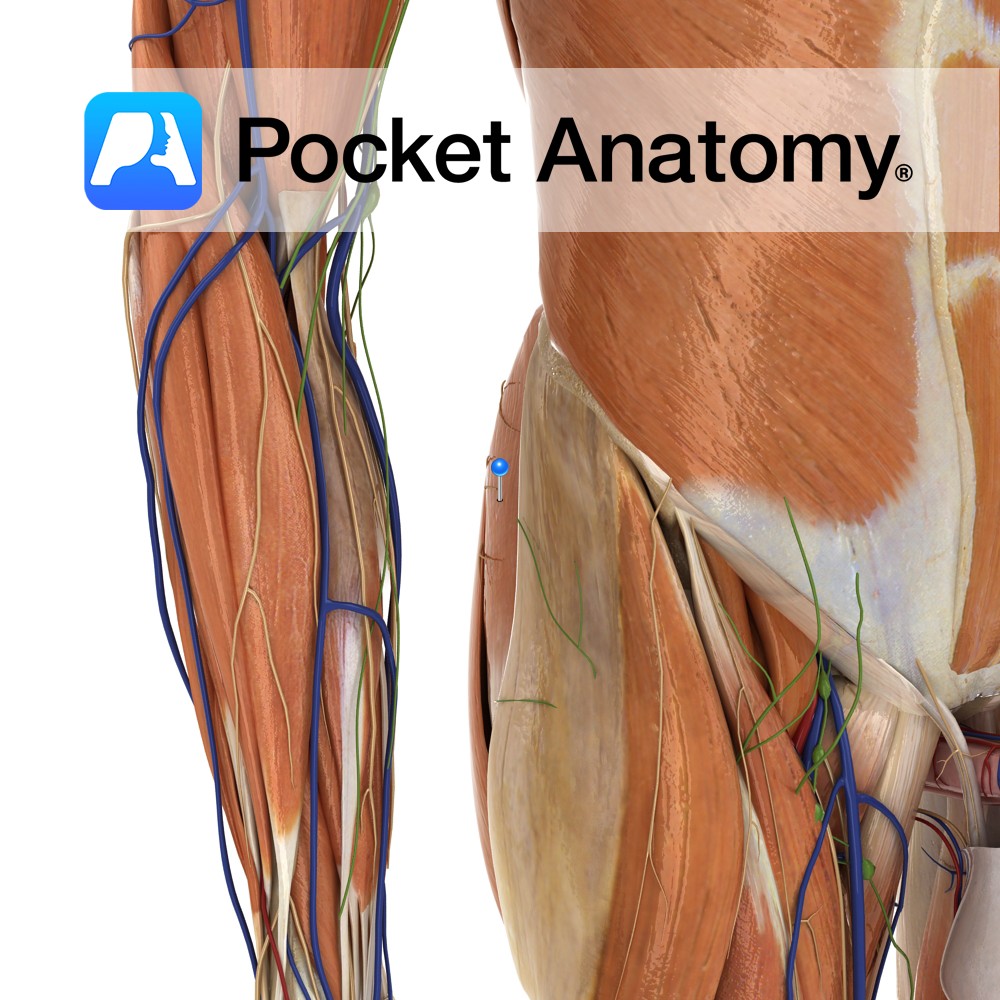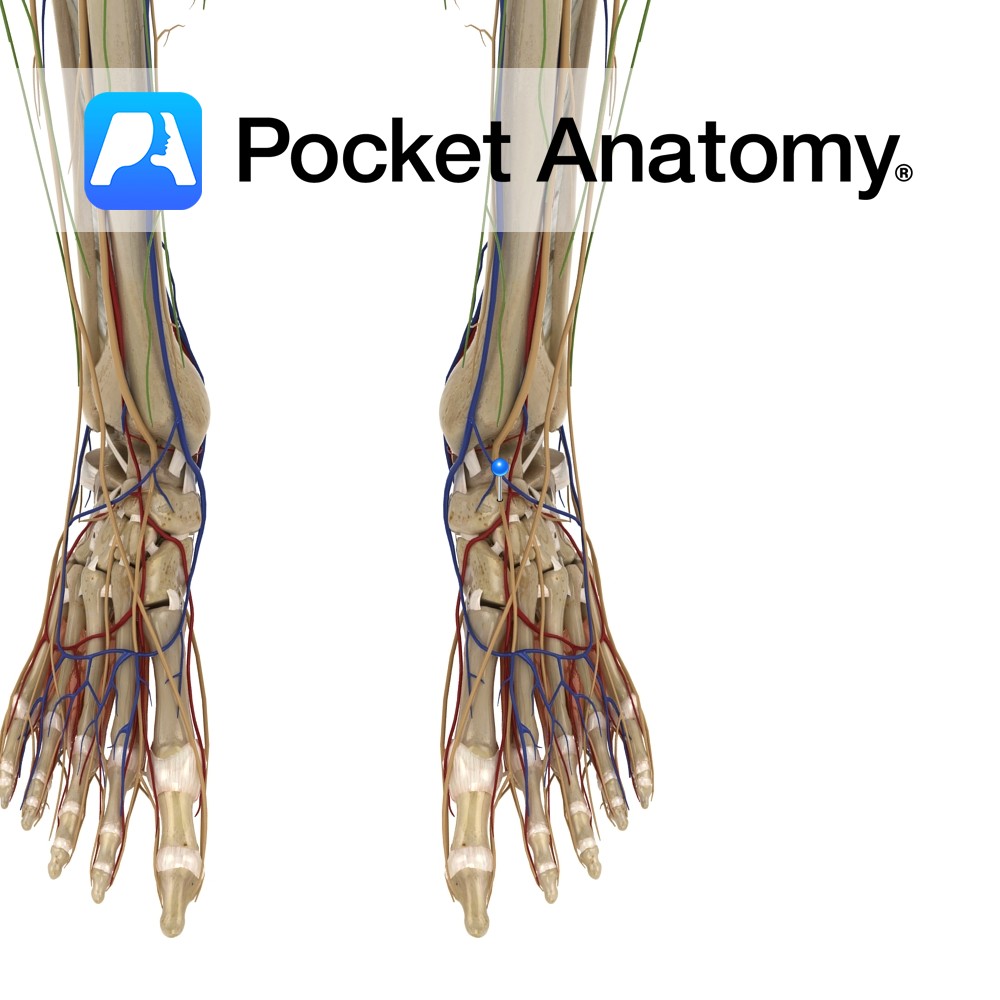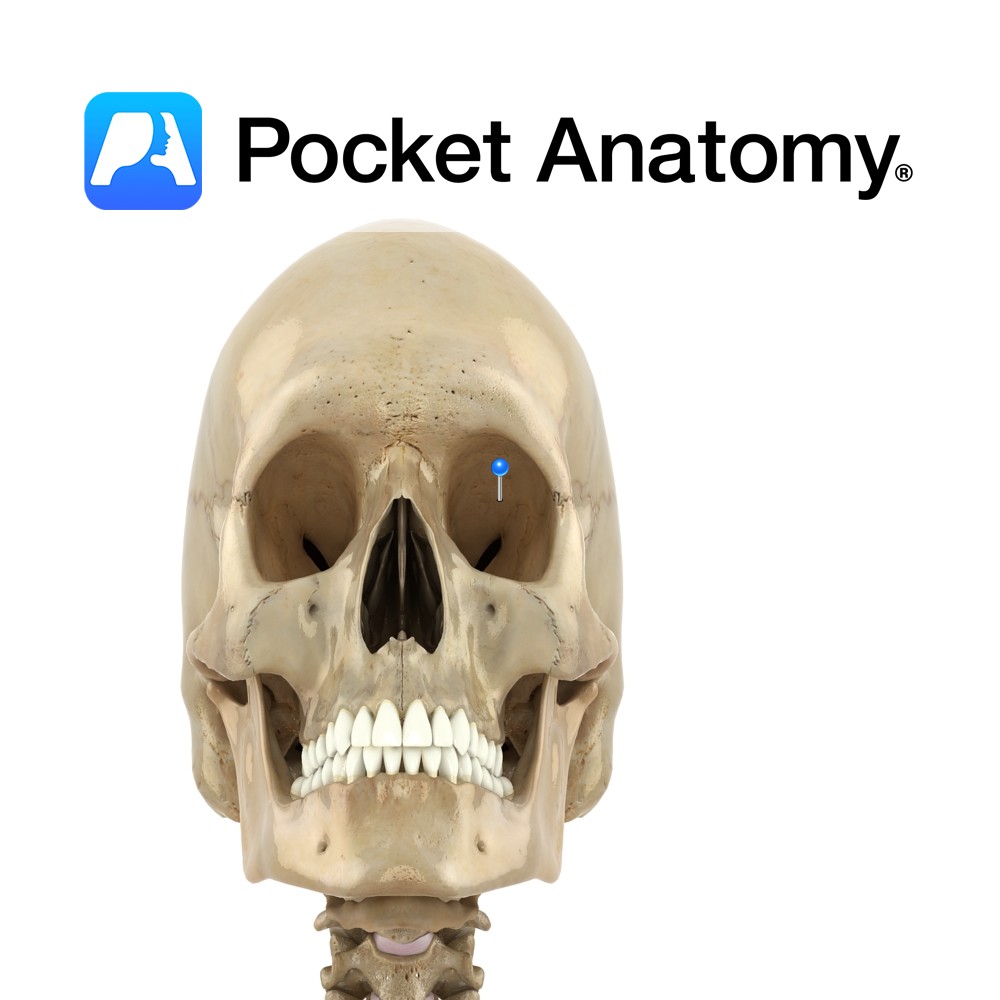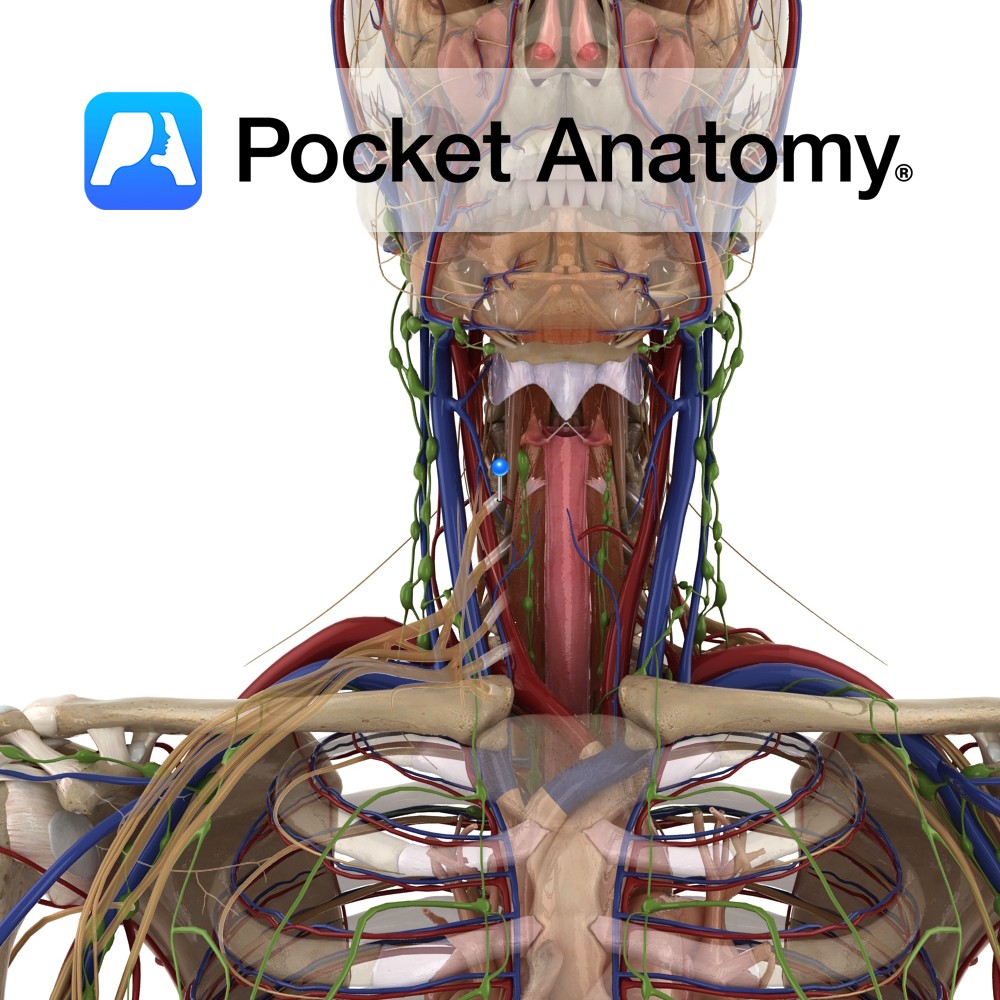Anatomy
Origin:
Outer surface of the ilium with the iliac crest and posterior gluteal line above and the anterior gluteal line below.
Insertion:
The fibres converge to form a strong, flat tendon that inserts on the lateral surface of the greater trochanter of the femur.
Key Relations:
-The posterior third of gluteus medius lies posterior to gluteus maximus.
-The deep branches of the superior gluteal vessels and the superior gluteal nerve are located between gluteus medius and minimus.
Functions
-Working with gluteus minimus, it abducts and medially rotates the thigh at the hip joint.
-Both muscles are important in walking. When one leg is raised from the ground in walking both gluteus medius and minimus on the opposite side keep the trunk upright and prevent the pelvis from sagging on the unsupported moving side thereby stabilising the pelvis.
Supply
Nerve Supply:
Superior gluteal nerve (L4, L5, S1).
Blood Supply:
Branches of the internal iliac arteries including the superior and inferior gluteal arteries.
Clinical
Trendelenberg’s test is used to test hip stability. This involves asking the patient to stand unassisted on each leg, whilst the clinician places their fingers on the anterior superior iliac spines. Normally the hip is stabilized by gluteus medius and minimus. If the pelvis drops on the unsupported side this is a positive Trendelenberg’s sign. This may be caused by paralysis of gluteus medius and minimus, congenital dislocation of the hip, fracture of the neck of the femur or coxa vara.
Interested in taking our award-winning Pocket Anatomy app for a test drive?





